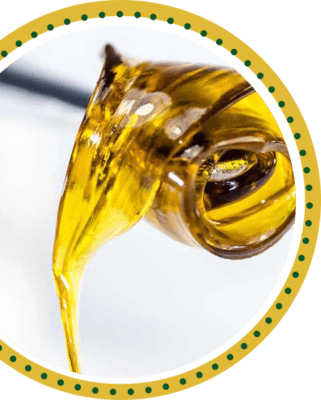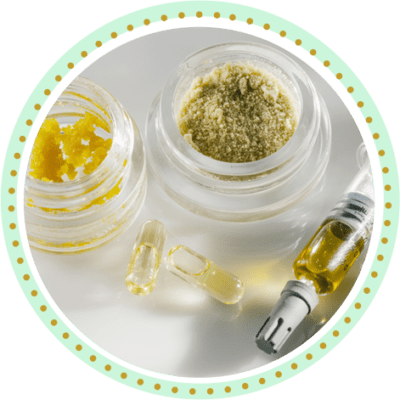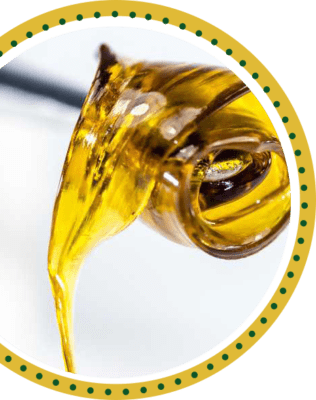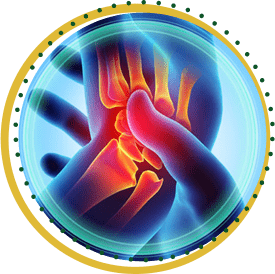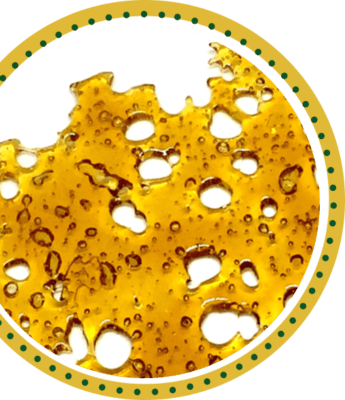Cannabis consumers looking for a more intense and powerful experience are turning to shatter in droves. But what exactly is shatter, and how does it differ from traditional dried marijuana flower and other cannabis concentrates?
In this comprehensive guide, we’ll explore the world of shatter, discussing how it’s made, what it offers marijuana enthusiasts, and why it has got people talking.

An introduction to shatter
Also known as shatter weed, shatter is a form of cannabis concentrate, which is becoming increasingly popular. A relative newcomer on the scene, shatter is turning heads and making waves, but why is it such a subject of intrigue and interest?
Shatter is so-called because of the concentrate’s texture and consistency. Shatter tends to be breakable and brittle like glass. The color, lucidity and density of the product distinguish it from other types of compounds and concentrates.
Another major talking point is the potency of shatter. Cannabis concentrates are much harder-hitting than the flower, and shatter contains THC levels up to 90%.
Production of shatter can be traced back to the early 1990s, when more rustic hashish production methods gave way to sophisticated concentrate refinement. A Canadian business was the first to market its shatter products, selling this newfangled concentrate to cannabis dispensaries to offer a new experience to consumers.
News of shatter production was shared with the world in 2005 in the Cannabis Culture magazine. Just five years later, shatter had become a staple for cannabis aficionados.
One of the main differences between shatter and other cannabis products is the use of dab rigs and water bongs, rather than traditional smoking equipment. This paraphernalia became part of the furniture in marijuana hubs to enable visitors to enjoy the process of dabbing.
Shatter has become popular as a result of its strength, but also its purity and the ease of consumption. Dabbing is an attractive alternative to smoking for some and many enjoy the more potent experience it provides.
In some states, shatter weed production remains illegal, and there is a debate over the potential advantages and disadvantages of shatter, especially when discussing medicinal benefits. In this guide, we’ll examine shatter in detail to gain a better understanding of what it is, how it affects the body and why it’s popular.

What exactly is shatter?
Before we go delving into the realms of shatter production and consumption, it’s crucial to understand exactly what shatter is. Shatter is a name given to a type of cannabis concentrate, which is produced when cannabis is passed through processes to extract concentrates.
Shatter is famed for its golden, honeycomb-like color and its brittle texture. Extracting concentrates leaves you with cannabinoids, examples of which include THC, terpenes and CBD.
Shatter is known for its THC content. Tetrahydrocannabinol (THC) is essentially what produces the ‘high’ when you smoke, consume edibles or dab. The higher the concentration of THC within shatter, the more powerful the substance.
A higher THC concentration will have a more profound impact than a high THAC (tetrahydrocannabinol acid) level. The THC and THAC content affects the texture and density of the product. High THAC content produces a more delicate concentrate.
Shatter is in demand, and it is one of the most aesthetically-pleasing marijuana derivatives on the market. Often, shatter is pictured in striking golden shards or deeper amber nuggets, depending on the composition and environmental factors that influence the extraction process.
Shatter is also known as shatter weed or ‘pull and snap.’
Understanding cannabis concentrates
Shatter is a type of cannabis concentrate. Cannabis concentrates are produced when the flower buds pass through processes to extract potent compounds. During a process called solvent extraction, chemicals and trichomes are removed, leaving super-strength cannabinoids. Examples of cannabinoids include:
- CBD
- THC
- CBN
- Terpenes
- Flavonoids
Solvent extraction leaves behind a powerful, pure mixture of psychoactive chemicals, which produce very different effects to consuming products made from the traditional cannabis flower. The concentration of THC found in concentrates is the main contributing factor.
As you can see from the table below, THC content is significantly higher in a shatter dab than a joint or a bowl of flower:
| Form | Description | THC potency |
|---|---|---|
| fresh or dried herbal material | Flowers and leaves from the cannabis plant | up to 30% |
| cannabis oil | Cannabis extract dissolved in oil. Can be used to make other forms (for example, edibles). | up to 3% |
| chemically concentrated extracts (for example, hash oil/shatter/budder/wax) | Highly concentrated cannabis extract dissolved in petroleum-based solvent (for example, butane). Shatter, budder and wax most highly concentrated. | up to 90% |
| physically concentrated extracts (for example, hash/kief) | Loose trichomes or pressed resin from the cannabis plant. | up to 60% |
| edibles | Foods and drinks containing extracts of cannabis | Depends on the amount of extract added |
| tinctures/sprays | Cannabis extract dissolved in a solvent, often alcohol. Can be used to make other products (for example, edibles). | varies |
| creams/salves/liniments | Cannabis extract preparation prepared with alcohol, oil or wax and applied to the skin. | varies |
Cannabis concentrates have a diverse range of properties, and there is a vast amount of discussion about their benefits.
Headlines and news features talk of medicinal and wellbeing effects, but there are additional perks worth discussing, including the aromatherapy benefits of terpenes and the role of monoterpenes like myrcene, which is believed to have calming effects. Myrcene can also improve the efficacy of other drugs by facilitating the transportation of THC through the blood-brain barrier.









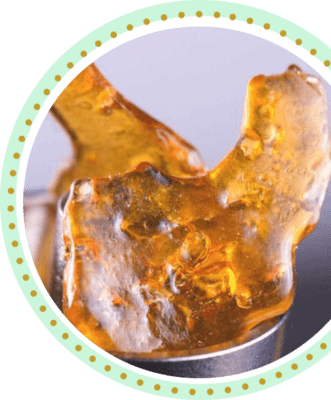
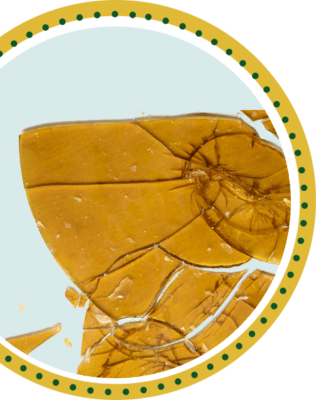
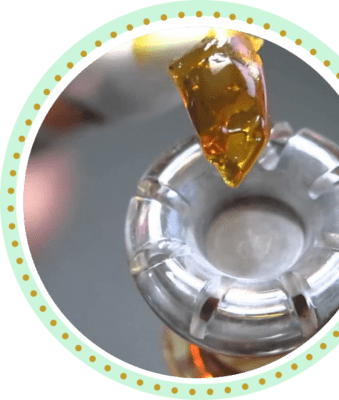
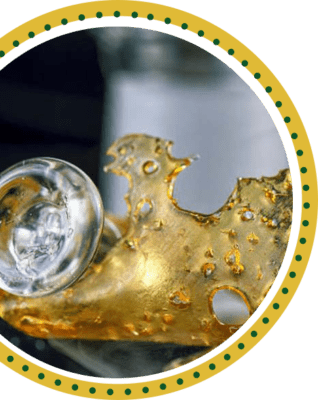 Shatter Regulation
Shatter Regulation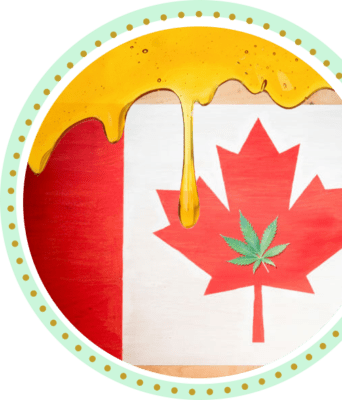 It is legal to buy and sell shatter online in Canada under the Cannabis Act, but you cannot sell shatter without a licence. Anyone who intends to sell shatter on the Internet must adhere to strict guidelines and they must also be aware of the regulations that are in place in their territory or province. You can only sell shatter online if you are a licensed weed store.
It is legal to buy and sell shatter online in Canada under the Cannabis Act, but you cannot sell shatter without a licence. Anyone who intends to sell shatter on the Internet must adhere to strict guidelines and they must also be aware of the regulations that are in place in their territory or province. You can only sell shatter online if you are a licensed weed store. 